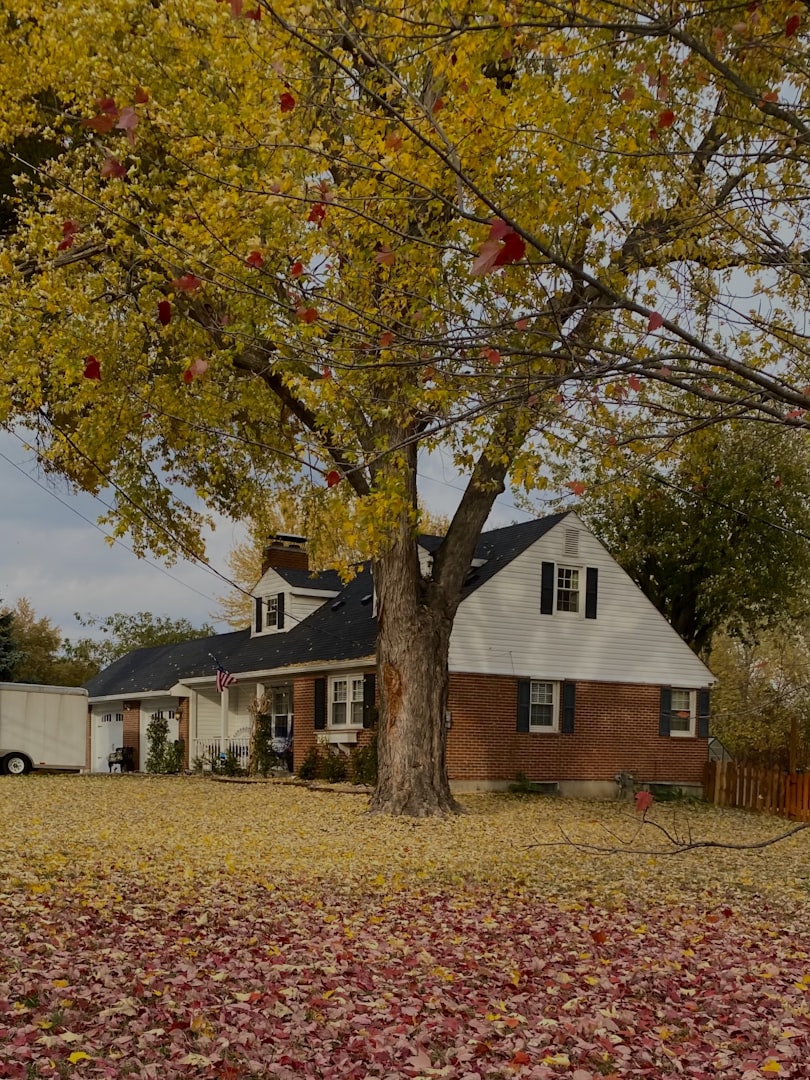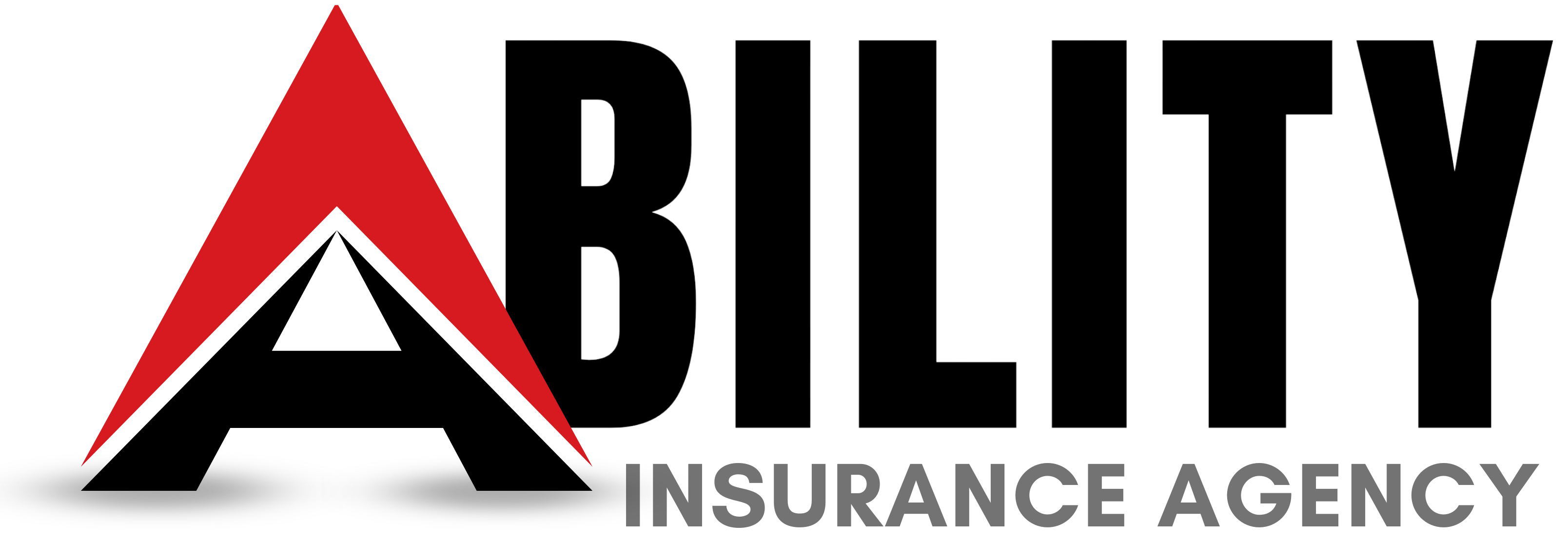1. Schedule a Furnace & HVAC Check:
Your heating system works hardest during winter, so a professional tune-up is essential. A technician can inspect for gas leaks, clean components, and ensure everything is running safely and efficiently. A well-maintained furnace reduces the risk of breakdowns, improves efficiency, and helps prevent fire hazards, issues that can lead to expensive claims.
2. Inspect Your Roof for Wear and Damage
Take a few minutes to visually inspect your roof (or hire a pro). Look for missing shingles, sagging areas, or signs of wear. Addressing small issues now prevents larger, more costly problems later. Snow and ice can quickly worsen roof damage, and water intrusion is one of the most common (and expensive) home insurance claims.
3. Clean Out Gutters and Downspouts
Fall leaves can easily clog gutters, causing water backup that leads to ice dams and leaks. Make sure gutters are properly cleared and downspouts direct water at least 3–4 feet away from the home.Proper drainage helps prevent foundation problems, basement flooding, and roof damage.
4. Protect Your Pipes from Freezing
Frozen pipes can burst and cause extensive water damage. Insulate exposed pipes in basements, crawl spaces, and garages. Disconnect and store garden hoses, and shut off outdoor water lines. Burst pipes are one of the most frequent winter-related claims, often resulting in thousands of dollars in repairs.
5. Prepare Fireplaces & Chimneys
If you enjoy using a wood-burning fireplace, have your chimney inspected and cleaned. Clear out debris, check for cracks, and ensure the flue works properly. A clean, well-maintained chimney reduces the risk of house fires and harmful smoke buildup.
6. Seal Drafts and Improve Insulation
Look for gaps around doors and windows. Adding weatherstripping or caulking can make a big difference in both comfort and energy bills. Proper insulation prevents heat loss, keeps your home comfortable, and reduces strain on your heating system.
7. Trim Trees and Remove Dead Branches
Snow and ice weigh down branches, increasing the risk of them snapping and damaging your home, vehicles, or even power lines. Preventing falling-branch damage can save you from costly claims and dangerous situations during storms.
8. Test Smoke and Carbon Monoxide Detectors
As you turn on furnaces and fireplaces for the season, it’s essential to ensure alarms are working properly. These detectors provide early warning for some of the most serious winter hazards.
9. Check Walkways and Driveways
Repair cracks, uneven surfaces, and broken steps before they’re hidden under snow. Stock up on ice melt and shovels. Slip-and-fall injuries on your property can lead to liability risks.
Final Thoughts
Preparing your home for winter doesn’t have to be overwhelming. These simple fall maintenance steps can help protect your property, reduce energy costs, and prevent avoidable insurance claims. At Ability Insurance Agency, we’re here to support you in safeguarding the place you call home.
If you’d like a personalized policy review or guidance on winter coverage, we’re always just a call or message away.

